Snake Plants Leaves Curling – Have You Considered These Reasons?
Leaves start curling due to overwatering, over feeding, too much light, etc. Basically you need to do a trial and error and observe what’s causing it.
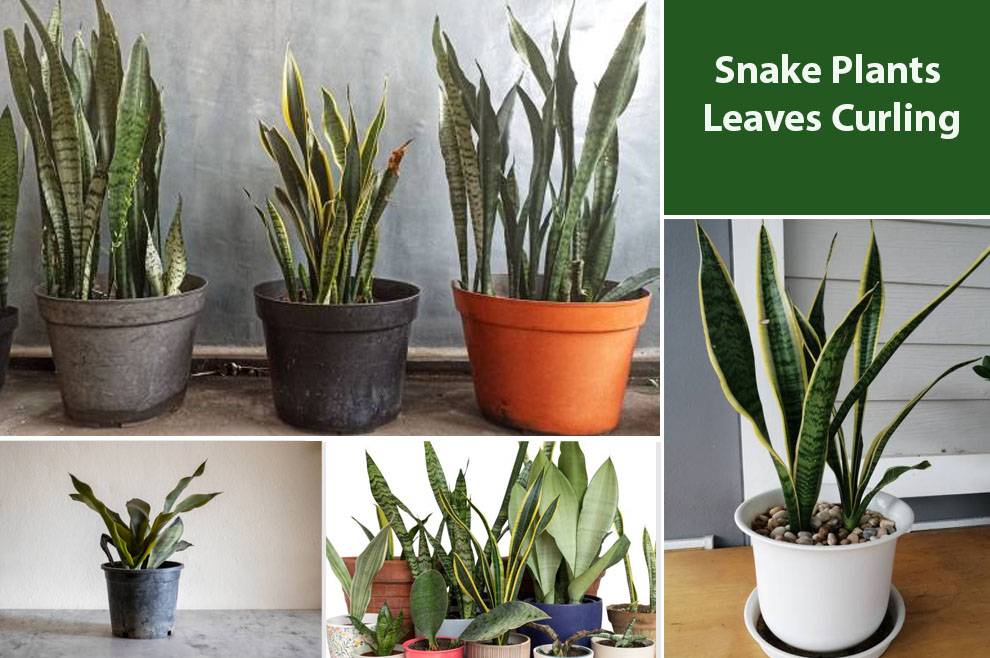
Snake plants are hardy and forgiving. Caring for the snake plants becomes easy if you get the environment right. Fortunately, snake plants are flexible and can adapt to a range of environments. They are also immune to problems, but sadly not all of them.
If you are an amateur grower, you might often see snake plants leaves curling or bending outward. It is a common problem. Often the environment might be the cause of bending leaves.
But sometimes, when the light is too close to the plant, windburn, extreme humidity levels, pest infestation, overwatering or underwatering, repotting shock, temperature stress, and poor air circulation might also result in the snake plant leaves folding outwards.
Regardless of the reason, the curling of the leaves indicates an underlying problem that needs prompt fixing. It could be anything from root disease to overfeeding. But fortunately, you can almost always save such plants, provided you exercise some care remedies.
But it is imperative to assess the reason first for the sansevieria leaves curling to ensure that you offer the plant suitable remedial action. Inspecting the symptoms can help determine the cause and take care of your snake plant better.
Reasons For Snake Plants’ Leaves Curling and Their Solutions
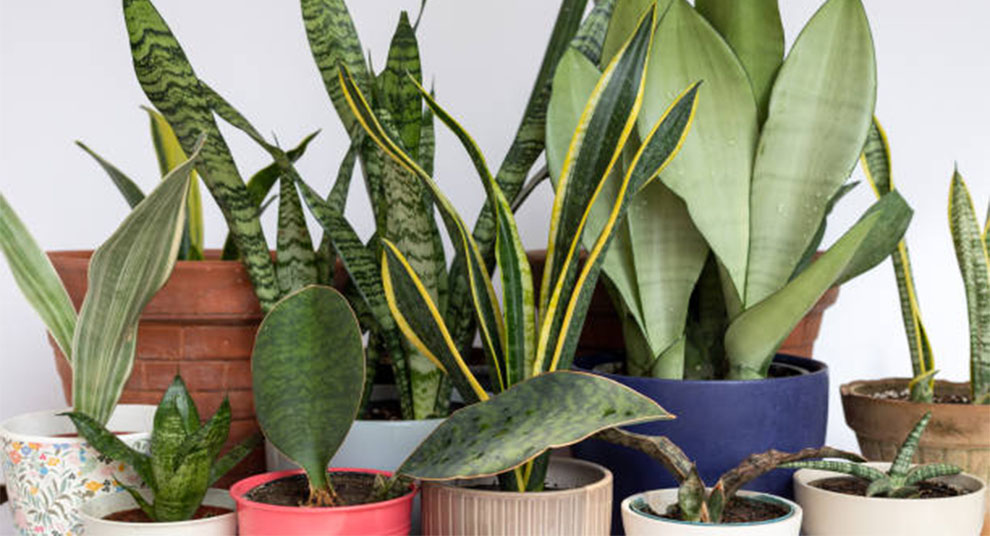
Here, we have put together a few common reasons for curling leaves of a snake plant and ways and means to fix them. Follow these to the T and enjoy the benefits of a snake plant for many years.
1. Aging Plant
As the plant grows older, it is natural for it to display some aging signs. One of them is in the form of leaf curls.
What is the solution?
Sadly, it is a natural and inevitable process, and there is no way you can rectify it. But you can trim the leaves as they grow older to maintain the plant’s visual appeal.
2. Watering issues
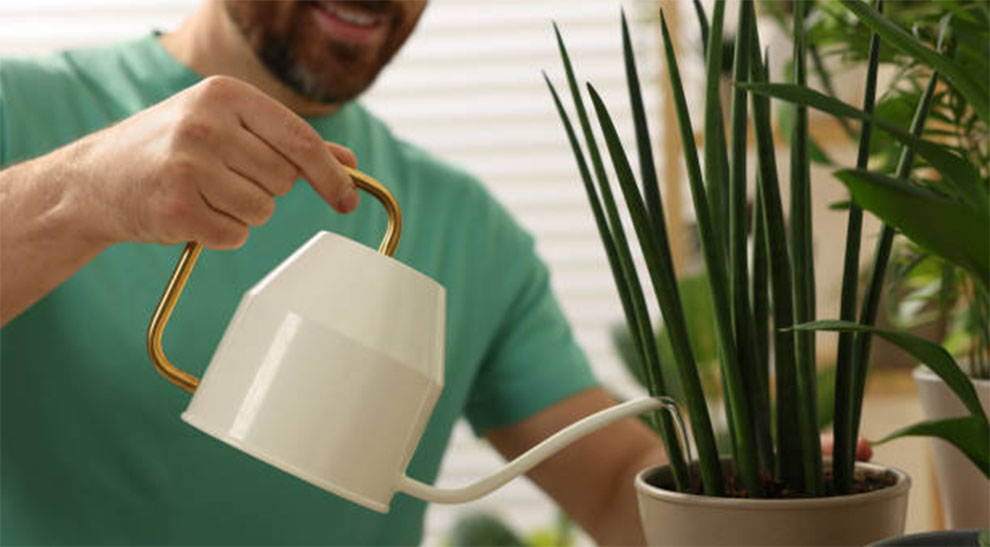
At times, snake plant wavy leaves appear because of overwatering. When you overwater the plant, it can result in waterlogging and root rot that can kill the plant.
You can identify this problem by monitoring the soil content and maintaining a watering schedule. If you happen to water the snake plant more than once every few days, you are overwatering it, causing curly leaves.
Further, if the soil is clay-based and dense, then, too, your plant must be facing this issue.
What is the solution?
To overcome the damage inflicted by water stress, ensure that you form a consistent watering schedule. Most snake plants need water only when the topsoil is fully dry. Irregular watering stresses the plant.
Alternatively, changing the soil can also be a helpful remedy. Ensure that the potting soil comprises well-drained, sandy soil. Cactus potting mix can be an excellent habitat for plants.
3. Insufficient sunlight
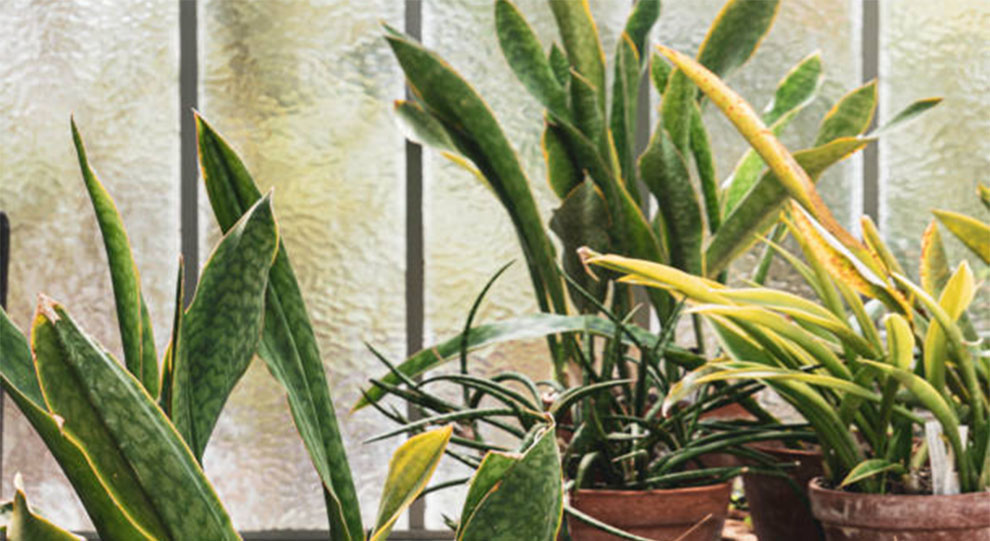
Snake plant grows best indoors because the light inside is adequate for the plant to thrive. However, if the plant does not get the necessary light inside, it might lead to curling foliage.
Similar to other plants, even snake plants need light for photosynthesis. It is a vital process for plants to prepare their food. Without food, the plant will not thrive, and you will see curling symptoms.
What is the solution for snake plant leaves rolling from insufficient light?
Consider placing the snake plant near the window or where it gets access to ample light to perform photosynthesis.
If your apartment does not receive natural lighting, you can use artificial lighting to cater to the snake plant’s lighting requirements. Snake plants can easily employ artificial lighting to perform photosynthesis.
4. Extreme temperatures: Too cold/hot or excessive temperature fluctuation
Snake plants hate extreme temperatures and thrive between 55 and 85 degrees Fahrenheit. High temperatures can amplify the transpiration process. You may see snake plant leaves folding if it loses more water than usual.
Whereas low-temperature results in the water from the leaves freezing and forming crystals. It might also cause long-term damage to the plant. Thus, immediate remedial action is mandatory to protect the plant.
What is the solution for curling snake plants from extreme temperatures?
People residing in hot regions must ensure that the plant stays in the shade and receives dappled light. But, if you live in colder climates, and the temperature drops below 10 degrees Celsius, you can bring your snake plant indoors and place it in a warm spot.
5. Overfertilization
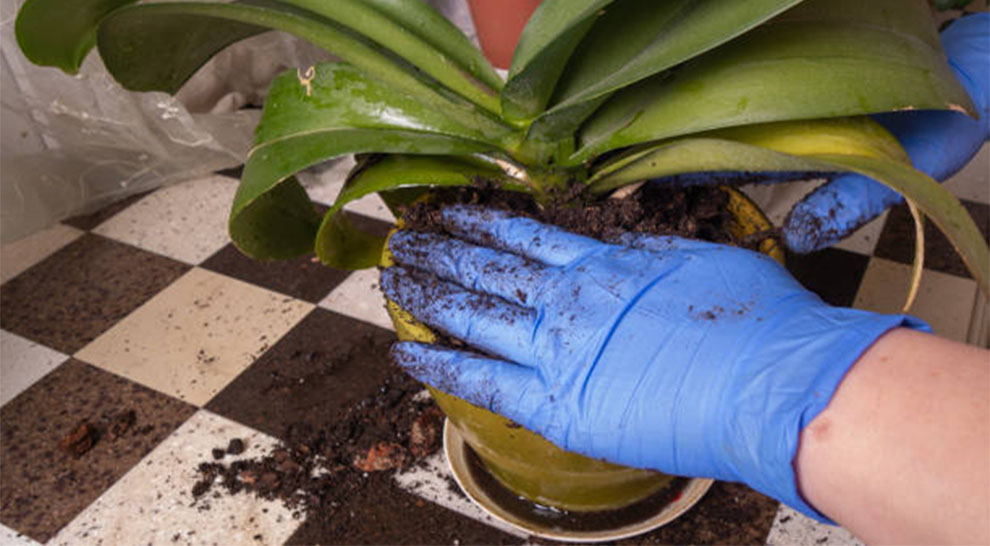
Snake plants do not need heavy fertilization. What you feed the plant also determines how long snake plants live. They are not keen feeders and can thrive even without fertilizer. But, the snake plant consumes all the nutrients from the soil if growing in the same soil for over a few years. It might reflect in its growth. So, in this case, good fertilizers for snake plants can help them grow better.
However, curtail it strictly to the growing season but apply it once every 45-60 days. Excessive fertilization damages the roots and results in snake plants leaves curling.
What is the solution?
Opt for a nitrogen-rich, slow-releasing fertilizer and use it following the instructions mentioned on the label. Do not fertilize every month, and avoid fertilizing during the winters.
6. Insect Infestation
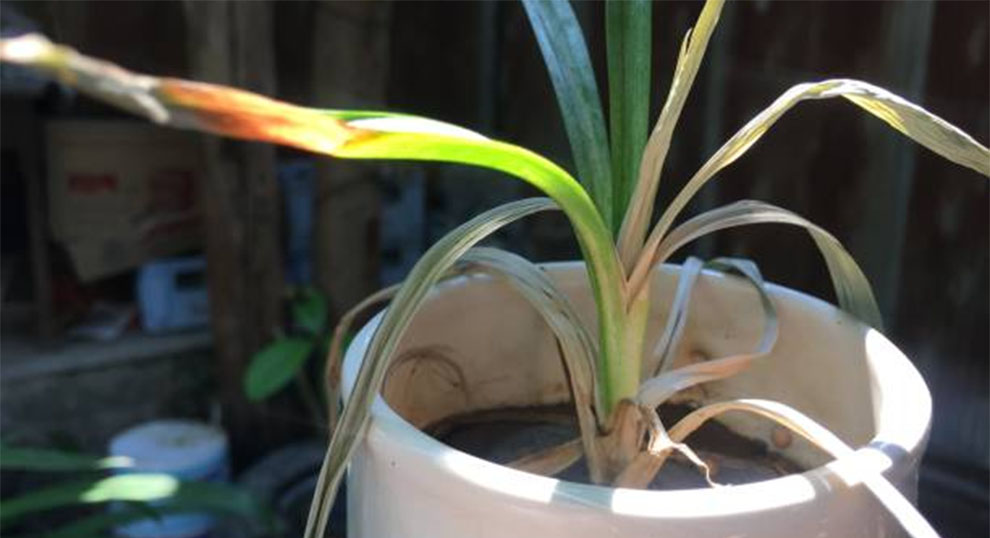
Insects, such as spider mites, mealybugs, and thrips, can cause havoc on the otherwise healthy snake plant. It is one of the most prevalent causes of snake plant leaves rolling, only after overwatering.
When the insect eats the plant, it can damage its cell walls, resulting in leaf deformity and curling of the leaves. Typically, the plant pests are very tiny. So, it is hard to see them with the naked eye.
What is the solution for sansevieria curling from insect infestation?
Shake the leaves over the white surface or observe the plant underneath the magnifying lens. You can note the thrips as specks and black spots. Mealybugs look white, and mites are red. They will cluster at the leaves’ base, where the snake plants are packed together.
To get rid of them, spray a strong stream of water and a neem oil solution. Alternatively, you can also spray one part seventy percent isopropyl alcohol mixed with seven parts water on the infestation, and the pests will be gone.
7. Nutritional deficiency
Snake plants might suffer nutritional deficiencies if the plant does not get ample nutrition. Typically, snake plants suffer from magnesium, calcium, or phosphorous deficiency. These might stunt the growth and might also cause snake plant wavy leaves.
What is the solution?
Feed them a low-concentrated fertilizer like Miracle-Gro Succulent Plant Food two times a week. You can use two pumps for a small pot. But, if the pot is over six inches, you can use four pumps.
Alternatively, a balanced NPK 1-1-1 fertilizer can also be a good pick. It can feed the plant for up to nine months and contains magnesium, sulfur, and other micronutrients.
8. Fungus
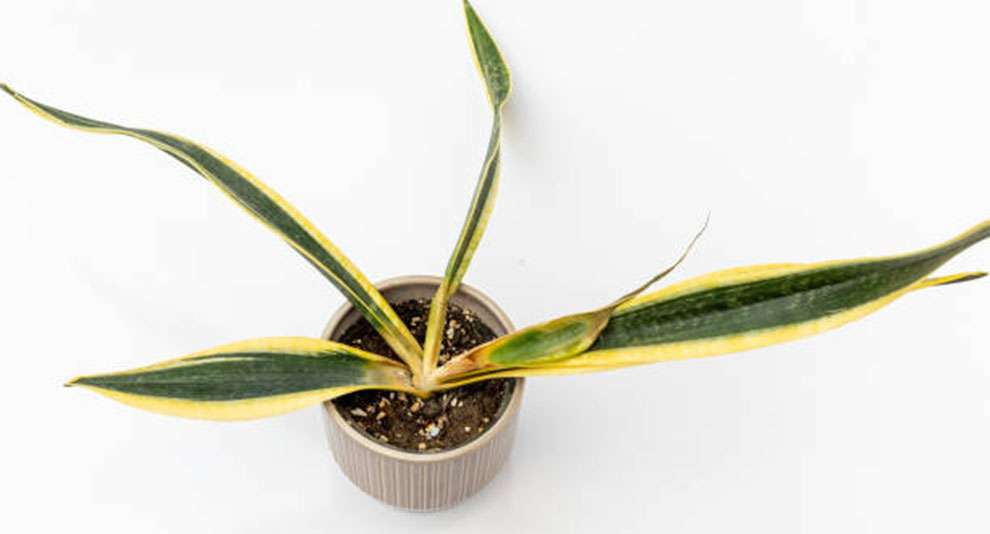
Fungal concerns might also result in sansevieria curling. Two prevalent fungal issues causing the problem include red leaf spots and Southern blight. Check the signs of plant stress beyond leaf curls to inspect this issue.
If the problem is a red leaf spot, it can cause white web-like growth or red lesions on the leaves. The curling leaves may harden and become brown as the fungal infection progresses.
What is the solution?
To overcome the snake plants leaves curling issue, stick to the watering schedule. Maintain an environment where the leaves are dry and offer ideal temperature and well-drained soil to overcome the problem.
But, if the fungal issue is severe and you wish to dispose of the plant, do it at a location away from other plants. Alternatively, consider repotting or propagation to save the plant from a major fungal infection. You can save a tiny part of the plant by disposing of the severely infected portions.
9. Transplant shock
When you repot the snake plant to a new location or pot, it can undergo a period of adjustment known as transplant shock, resulting in damaged or curling snake plant leaves. It might also make it challenging for the plant to absorb water.
What is the solution?
Fortunately, it is a temporary issue, and with ideal care routine and time, the snake plant with recover and thrive.
10. Root bound
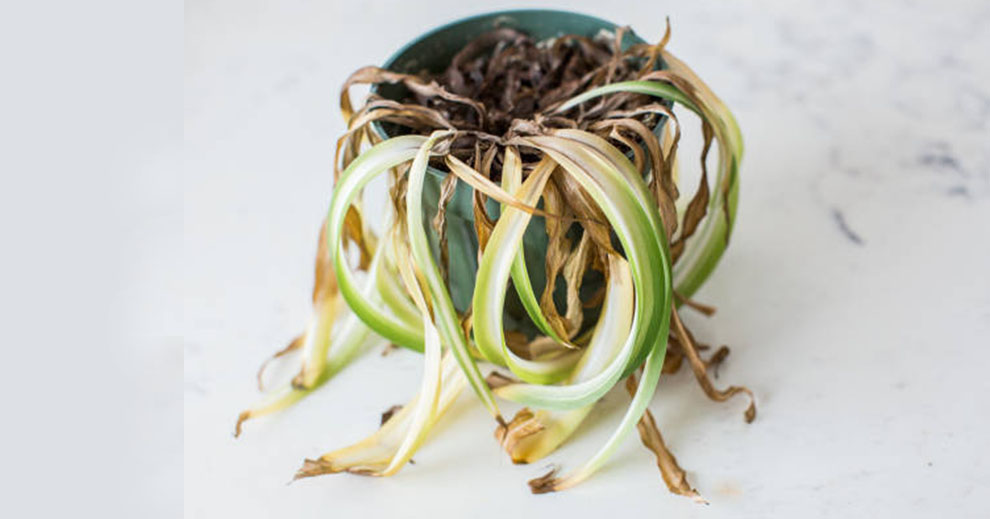
A growing, mature snake plant that has not been repotted for two to three years might also result in sansevieria leaves curling and drooping.
What is the solution?
As the plant grows, you must change the pot. Rootbound is a problem wherein the plant does not have ample room to grow its roots. It directly impacts the plants. Consequently, the plant does not grow tall, and leaves tend to die because of insufficient space to absorb the nutrients.
Since the soil and the pot are full of roots, you must repot the plant. When you repot to a larger container, you will see the plant developing new leaves and the older leaves becoming taller. It also ensures that the nutrients reach all the plant parts.
11. Improper soil mix and pH
Soil mix and watering go hand in hand. If the soil mix is dense and has excessive organic matter and soil content, it might cause waterlogging, resulting in root rot and sansevieria curling.
What is the solution?
You can use a porous, well-draining potting mix with a 5.5-7.5 pH. If the soil’s pH is low, it might result in magnesium deficiency, curtailing chlorophyll production. So, use two-part perlite or sand, one part regular potting mix, and one part peat moss. Perform a soil assessment test to adjust the pH, and know the precise pH value. If the pH is high, add lime juice to lower it. But, if the pH is low, add hydrated lime to the soil to increase it.
12. Too Strong sunlight
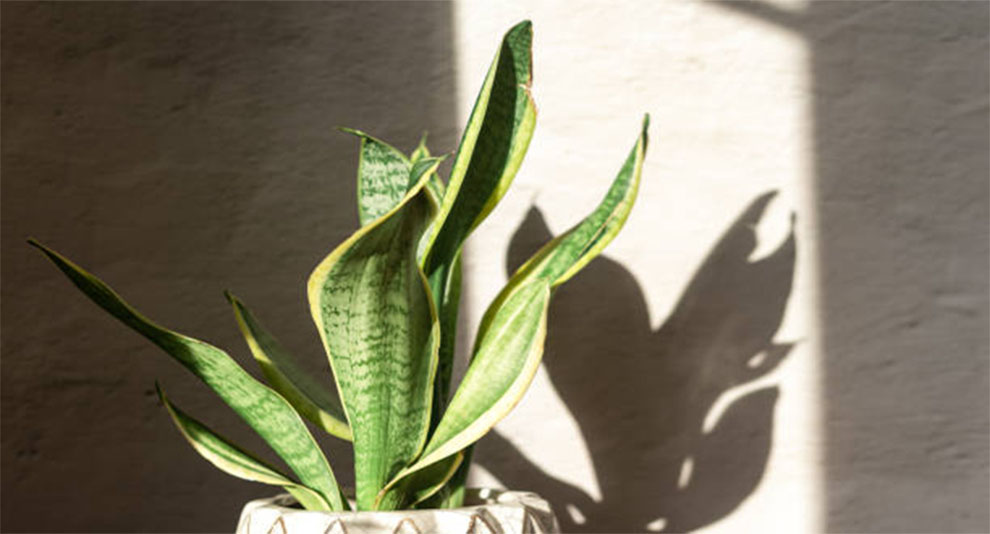
Extreme sunlight might also be the reason for curling snake plants. If you notice brown spots or curled leaves, excessive light is a possible reason.
When the light is bright and sharp, the leaves tend to drive themselves away from the light source and curl downwards to shield themselves against the direct sun. Snake plant hates long hours of direct sun, and leaves get affected because of the same.
What is the solution to prevent sansevieria leaves curling in this case?
You can move your plant to the shaded spot, wherein the plant receives at least seven to eight hours of indirect sun daily. Alternatively, you can use sheer filters to filter out the direct sun if you do not want to move your plant.
After this, water the plant well to compensate for the lost moisture and help the plant grow back. You can chop off the burnt leaves because they will never be green and healthy again.
13. Small pot
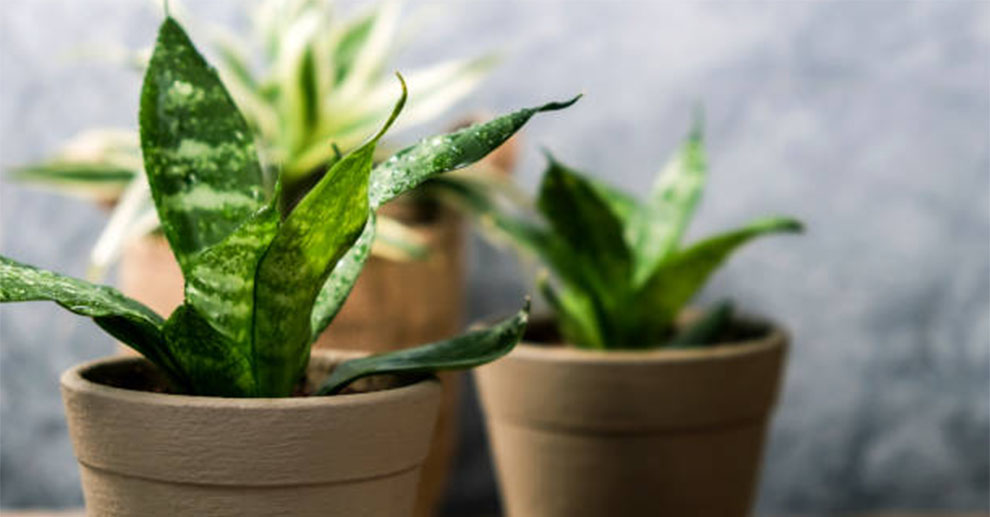
Snake plants need a properly sized container to thrive. Hence, when selecting the pot, ensure it matches the plant’s age and growth potential. If you do not repot the plant as it grows, the root will expand as naturally, resulting in a root-bound plant.
Snake plant wavy leaves can be the outcome of a root-bound snake plant placed in a small container as the leaves do not have ample space to absorb nutrients and operate well.
What is the solution?
Repot the plant as it grows to ensure ample space for it to grow. It can rectify the curling issue in a short while. There are more ways listed here to make your snake plant grow faster.
Related: Disadvantages of A Snake Plant
Will Snake Plant Leaves Uncurl Themselves?
We have discussed several problems that may occur with all kinds of snake plants. If you can track the issue and take measures to overcome it, the leaf will uncurl. But you must take remedial action, without it the snake plant won’t magically get better.
Should You Cut The Curling Snake Plant Leaf?
If the leaves are curling but look reasonably healthy, you do not have to cut them. But, if weeks after remedial action, the curled leaves persist, you can cut them off.
Summing Up…
If your plant leaves wrench themselves into awkward shapes, it means there is an underlying problem that curtails the snake plant from growing well. Assess the plant, and work your care regimen to see which of the above-listed scenarios resembles the most ongoing problem. After the plant gets its required conditions, snake plant leaves folding up straighten well in no time.
